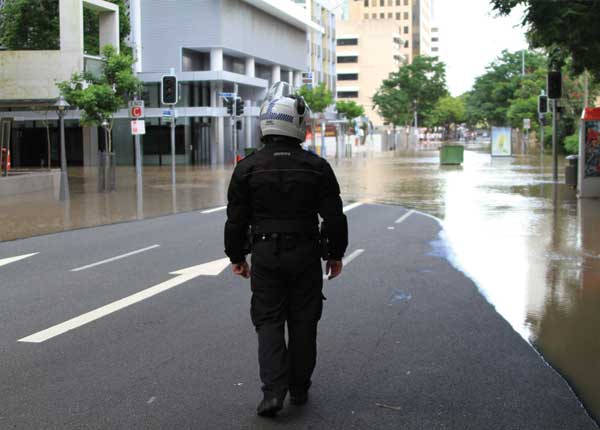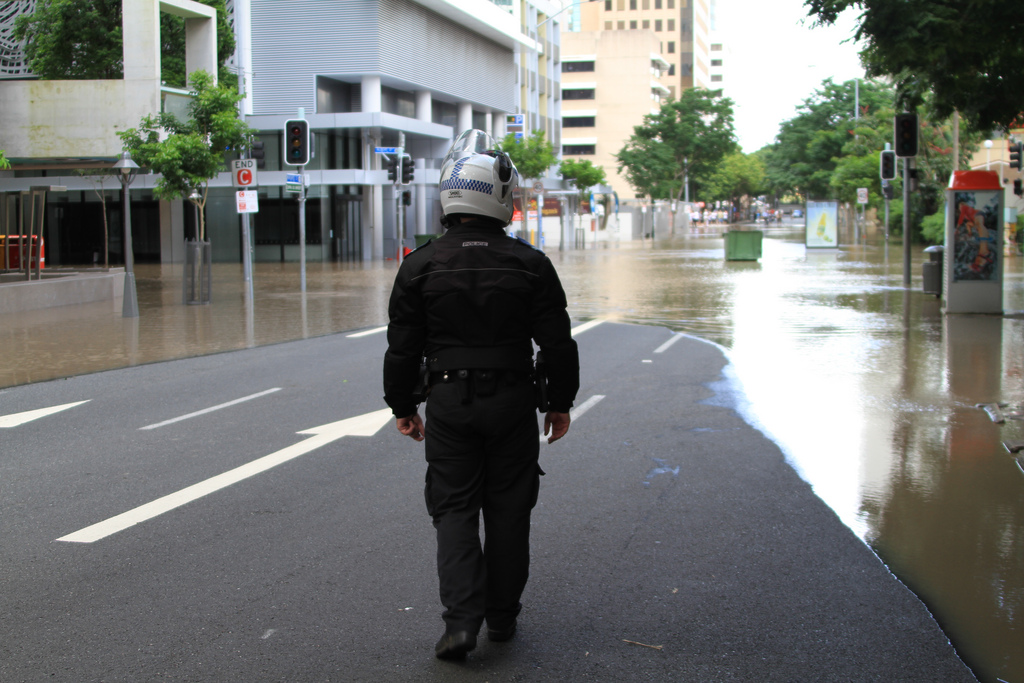The controversial decision to open the flood gates of Queensland’s Wivenhoe Dam during the big wet of 2011 and the epic damage and inundation that followed is once more under the spotlight after the state’s Premier Campbell Newman committed to a raft of new infrastructure measures aimed at stopping such a disaster ever happening again.
In a bid to mitigate any potential future damage caused by heavy flooding, the Queensland government has proposed an ambitious new regime for managing and operating the Wivenhoe dam it hopes will greatly lessen the risk of lives, homes and businesses being destroyed or significantly damaged.
With the government now treating future floods from storms and torrential downpours as inevitable, Mr Newman has flagged the need and intention to release more water from dams at earlier times before they fill to dangerously full capacity.
He believes this could mean a reduction in a major flood peak in Brisbane by up to 10 per cent.
The state government’s new plan comes in conjunction with the release of the Wivenhoe and Somerset Dam Optimisation Study, papers that have set out a strategy designed to avoid the kind of massive release of water that occurred during the 2011 floods.
The Queensland Premier said the latest moves are about learning from the past and preparing for the future.
“My team and I want to have the best possible arrangements in place to reduce the impacts of future flood events and that is what this strategy is designed to do,” Mr Newman said.
However the new plan contains some important trade-offs. Minister for Energy and Water Supply Mark McArdle cautioned that more bridges and crossings downstream will necessarily flooded using the new operation method.
“But it creates extra space in the dam to protect houses and buildings from damage during a major flood,” Mr McArdle said.
The management of floods in Queensland and in particular the Wivenhoe dam have long been a political battlefield. Mr McArdle hit out at Labor for its engagement with citizens when the Anna Bligh government was in power during the 2011 floods and said that the present government was being “very upfront and honest” about the trade-offs people should expect in managing future flood events so as to provide greater flood protection for more local homes and businesses.
The management plan isn’t the only flood mitigation strategy that the Newman government is considering.
Mr Newman has proposed alternative approaches that include increasing the size of Wivenhoe Dam and constructing a number of new dams to lessen the impact of future major floods.
Already clearly working on the plan, the Queensland government has identified possible dam locations that include the upper Brisbane River (near Linville), the Cooyar Creek (near Benarkin National Park), Emu Creek (near Harlin), the Bremer River (near Mt Walker), the Stanley River (near Peachester), Tenterhill Creek (near Gatton), Lockyer Creek (near Murphy’s Creek) and Cressbrook Creek (near Kipper).
Mr McArdle mad the assurance that “before the next wet season”, south east Queensland residents “should have the confidence” that dam operating decisions will always “place greatest value in life, then people’s homes, businesses and livelihood – and then public roads and bridges”.
He said the Wivenhoe and Somerset Dams will be upgraded over the next ten years as part of the ongoing dam improvement program by the government’s water resources authority, Seqwater.






when can we expect an announcement on building dams for southeast qld, with population increasing demand grows on water,another long drought would cripple industry. you do not build a dam overnight.